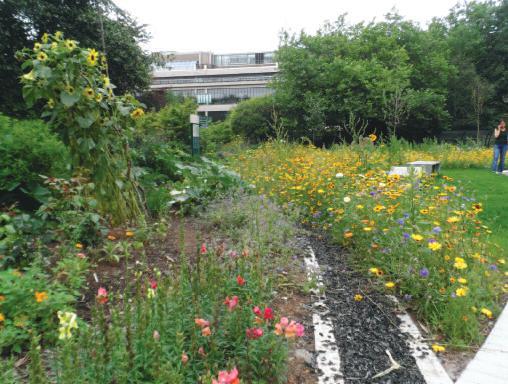Rough Hawkbit Wildflower Seed
Rough Hawkbit Wildflower Seed is a pretty yellow flower which belongs to the daisy family but appears more like a dandelion. On closer inspection it has a slender hairy stem and hairy leaves. The flowers close in the afternoon so adding to the magic of the meadows charm as they change colour before your very eyes. The Hawkbit is similar in name and character to the Cats Ear, Hawk weed and Goats beard. They are the longest flowing species in the meadows, from May till October and a favourite food plant of the marsh fertility butterfly.
Notice
This product is available to purchase but requires a conversation with one of our team please fill out the form below and we will be in contact.
Rough Hawkbit Wildflower Seed is a pretty yellow flower which belongs to the daisy family but appears more like a dandelion. On closer inspection it has a slender hairy stem and hairy leaves. The flowers close in the afternoon so adding to the magic of the meadows charm as they change colour before your very eyes. The Hawkbit is similar in name and character to the Cats Ear, Hawk weed and Goats beard. They are the longest flowing species in the meadows, from May till October and a favourite food plant of the marsh fertility butterfly.
Latin Name
- Leontodon hispidus
Life Cycle
- Perennial
Flowering Time
- May to October
Rough Hawkbit Wildflower Seed Max Flowering Height
- 50cm
Rough Hawkbit Wildflower Seed Approx Sowing Rate
- 2.75kg/Acre
Wildflower Site Preparation
The site should be weed free. Annual weeds should be controlled by mechanical means or by the use of contact based herbicide. Perennial weeds, for example docks thistle, nettles and couch grass can be dealt with using a translocated herbicide such as Round-Up. Cultivate to achieve a fine seed bed, sow seed mix and then roll to ensure firmness. The best results are obtained when there is good contact between the soil and the seeds.
Sowing Times
Sowing can best be achieved by mixing the seed with dry sand, dry sifted topsoil or sawdust and evenly broadcast. It is important that the seed is in contact with moisture in the soil so the seedbed should be lightly raked and then rolled.
|
MAR |
APR |
MAY |
JUN |
JUL |
AUG |
SEP |
OCT |
|
Sowing Possible |
Sowing Possible |
Sowing Possible |
Sowing Possible |
Sowing Possible |
Sowing Possible |
Sowing Possible |
Sowing Possible |
|
Optimum Sowing Possible |
Optimum Sowing Possible |
Optimum Sowing Possible |
Not Optimum Sowing |
Not Optimum Sowing |
Optimum Sowing Possible |
Optimum Sowing Possible |
Optimum Sowing Possible |

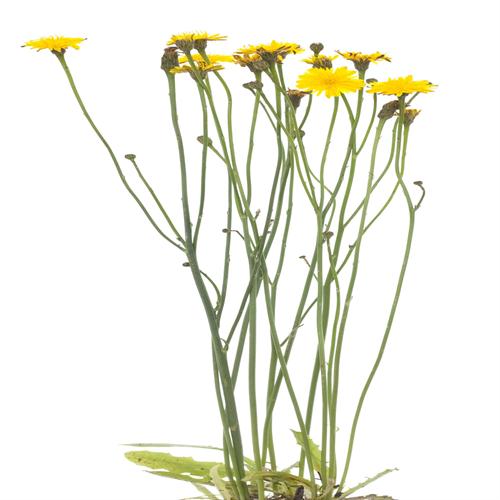
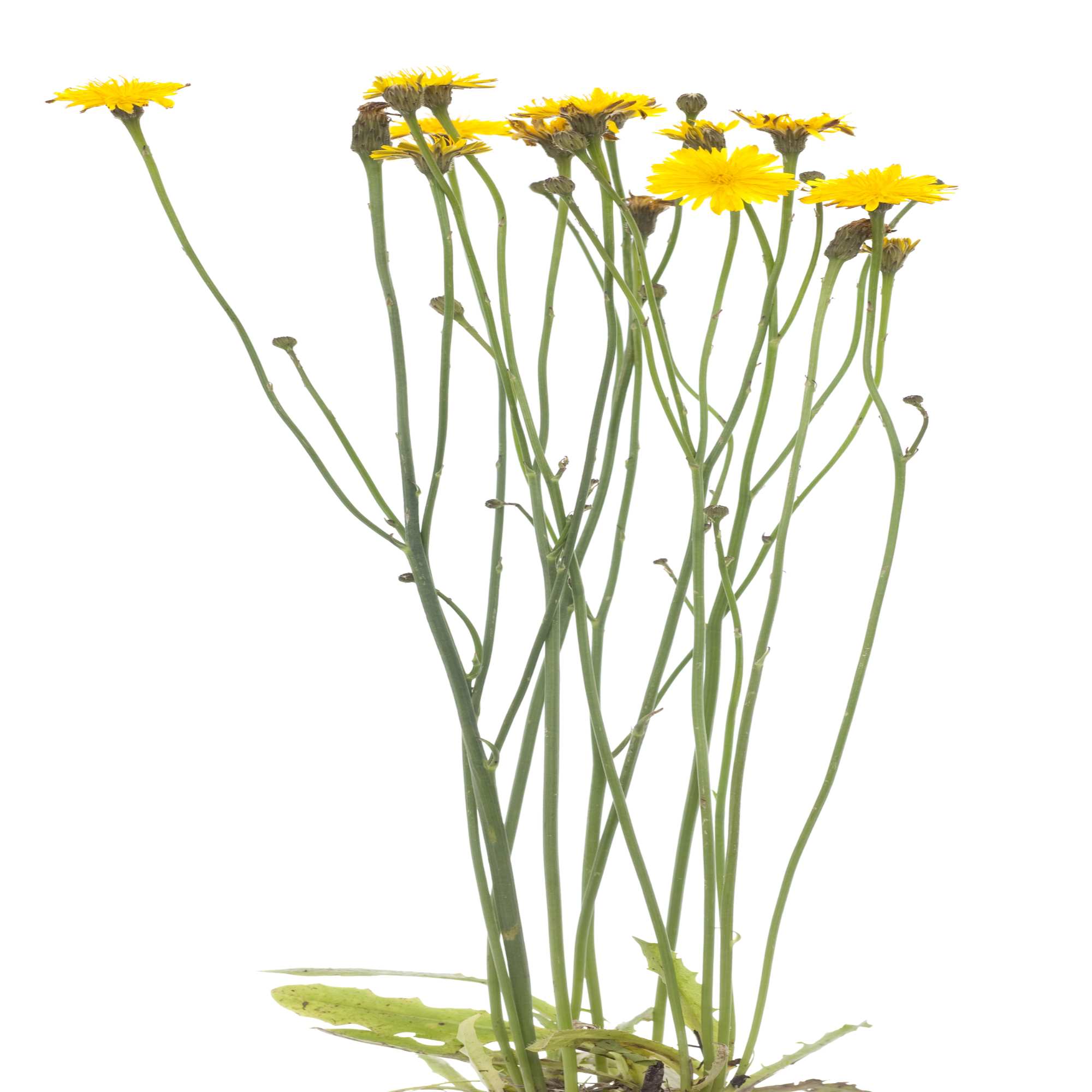
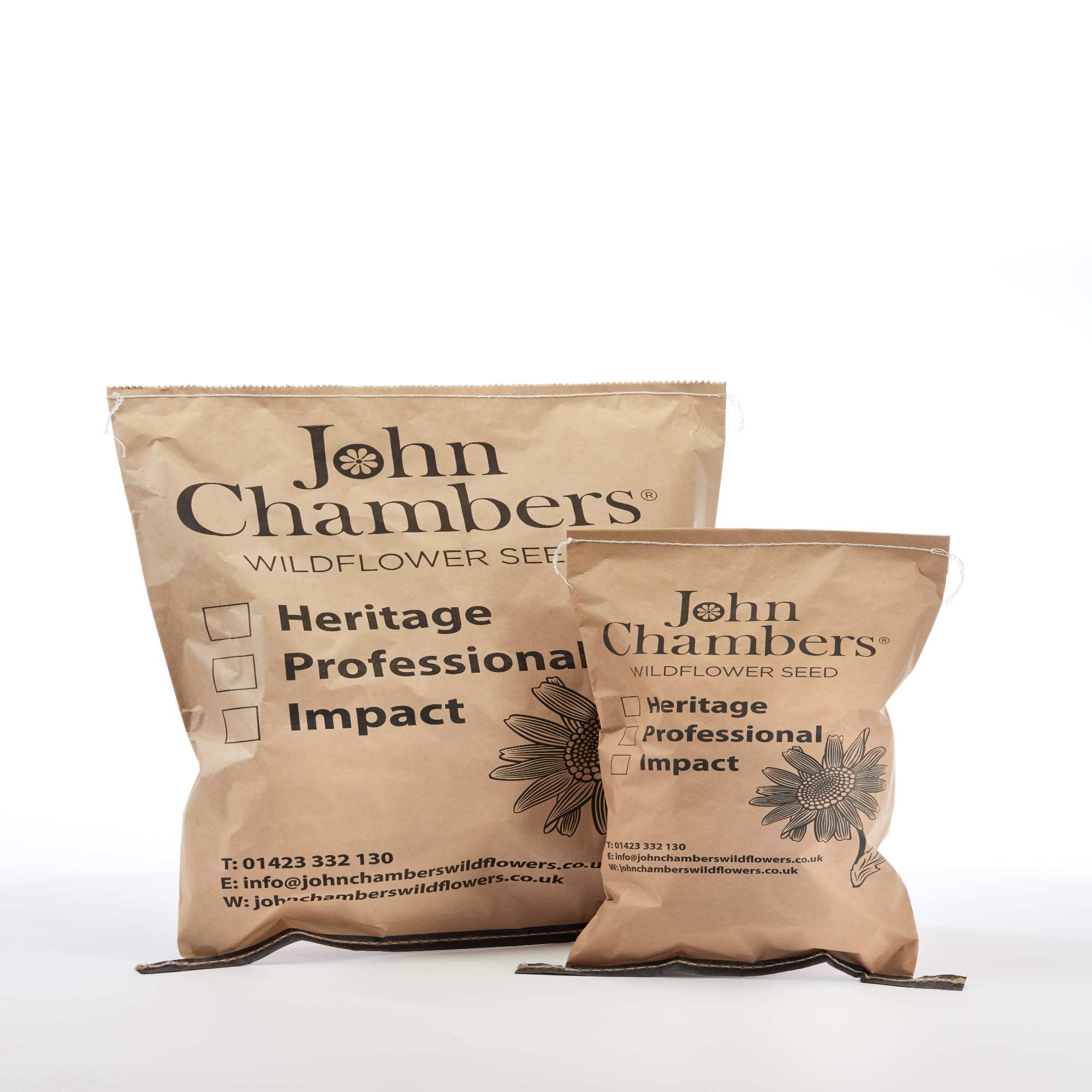
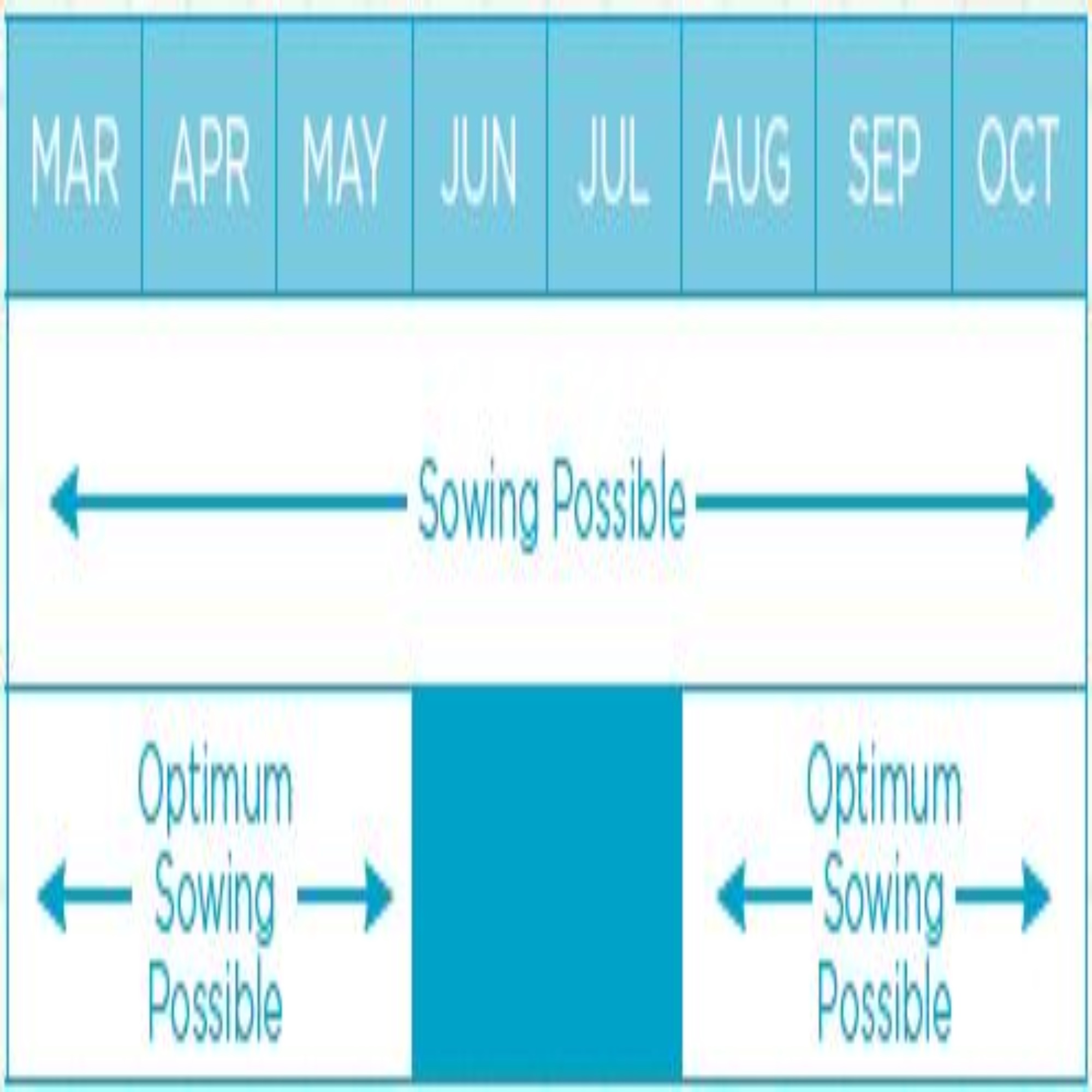
.jpg)
